The painting “The Chalice of Christ” is dedicated to the famous evangelical event – the prayer of Christ in the Garden of Gethsemane the night before being taken into custody.
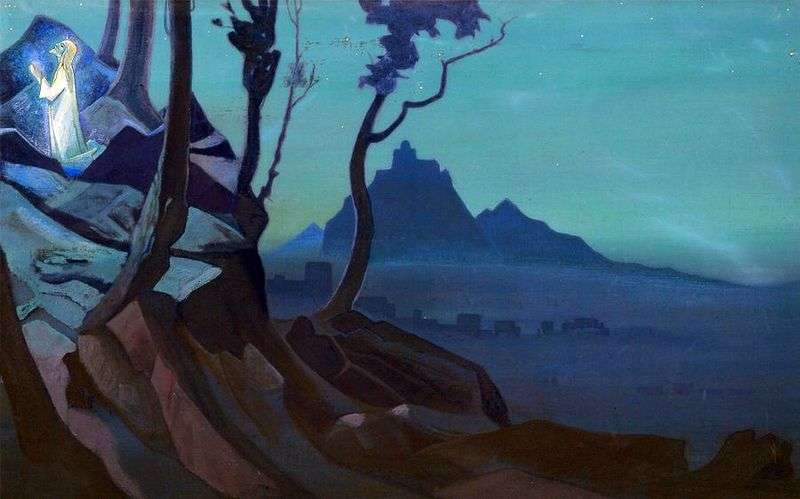

The painting “The Chalice of Christ” is dedicated to the famous evangelical event – the prayer of Christ in the Garden of Gethsemane the night before being taken into custody.
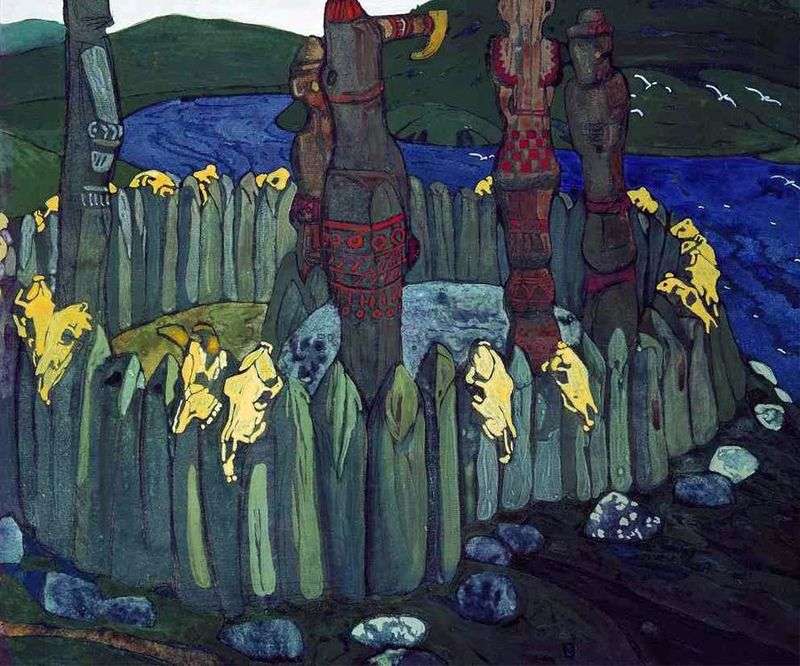
In Paris, where N. K. Roerich traveled in 1900, he continued to work on the “Slavic” series of paintings. There was a painting “Idols”. Even before his departure abroad, the
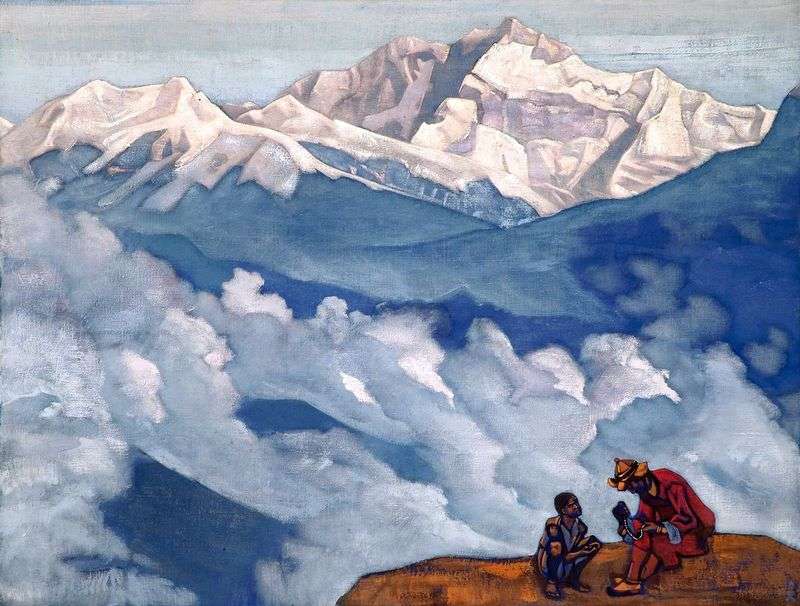
The painting “Pearls of Search” was written in 1924. The 20s of the twentieth century – a difficult historical period of search and approval of new meanings in life, art,
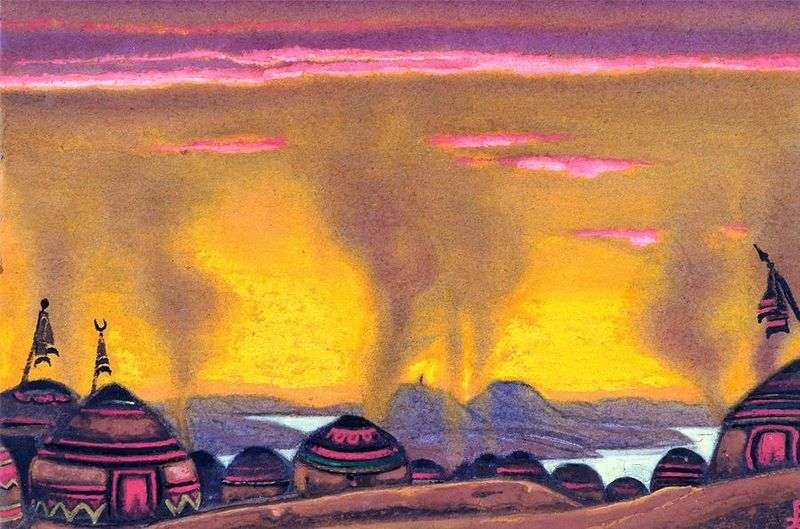
In 1909, at the invitation of Dyagilev, Roerich took part in the Russian seasons in Paris. He happened to show his own scenery on stage to only one act of

The painting “Moses Driver”. The Old Testament event – Moses receiving the stone tablets – happened on Mount Sinai when the glory of the Lord reached her. The plot is
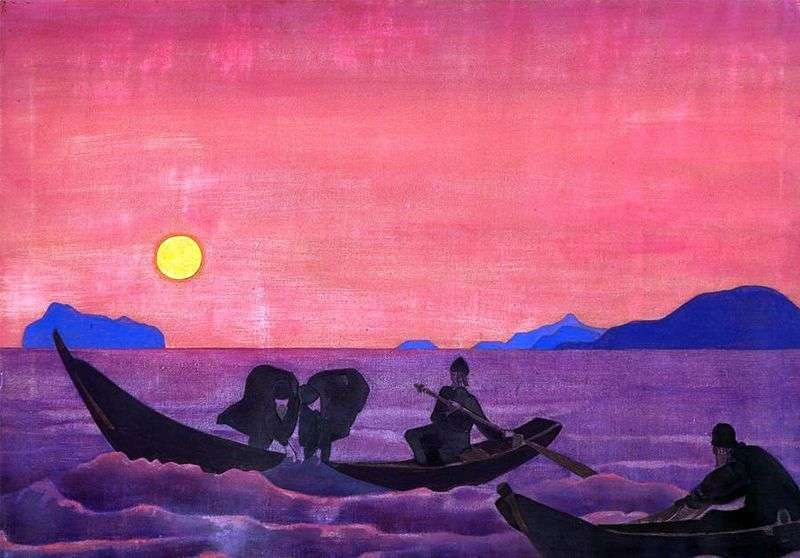
The painting “And we continue fishing.” The four fishermen depicted in the picture bear both a deeply symbolic meaning and a very concrete one. Although not the apostles are depicted,
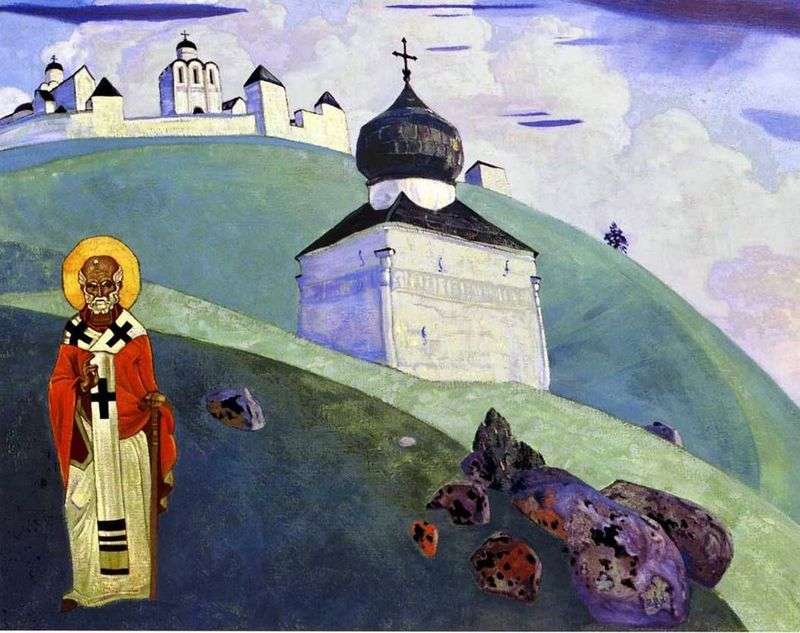
Saint Nicholas the Miracle-Worker has long been one of the most beloved saints in Russia. The fearless defender, the defender of the disadvantaged is honored as a “quick help”. The
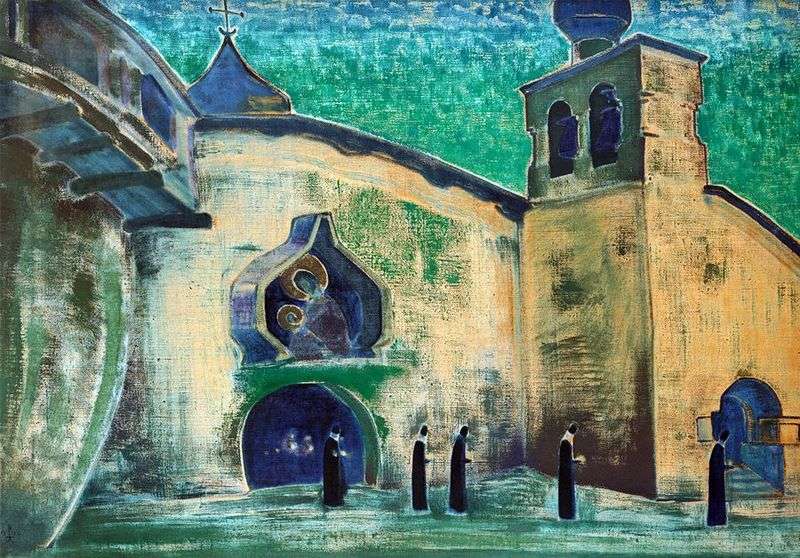
The painting “And we carry the light.” Here is a procession of monks exiting the temple at dusk. Tiny lights flutter in their palms. This flame is a symbol of
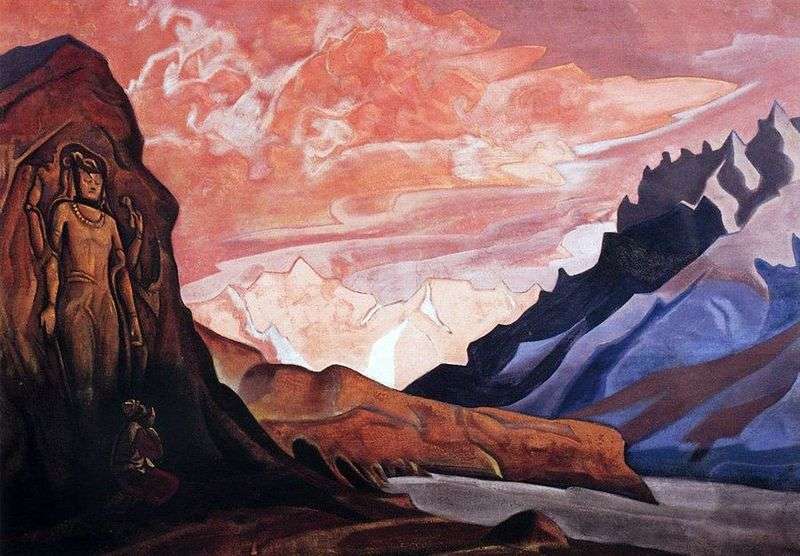
The tense expectation of a miracle – the arrival of the era of Maitreya, growing from picture to picture, receives a pathetic-symbolic “resolution” in the seventh and final work of

The fire sign of the era of Shambhala – the Red Horseman or the Red Horse – is the plot-semantic leitmotif of the Maitreya series. It represents a picturesque embodiment
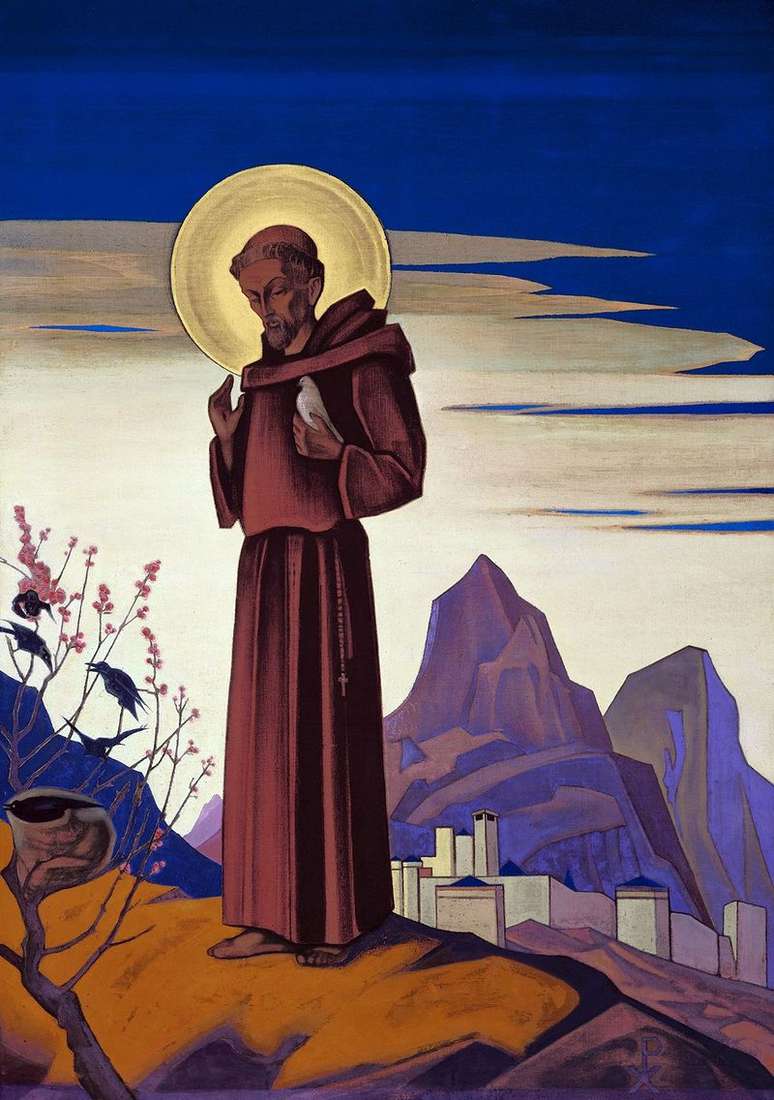
The work of Nicholas Roerich “St. Francis” is a pair to the canvas of 1932 “St. Sergius of Radonezh”. The picture was painted in the same 1932 and is currently
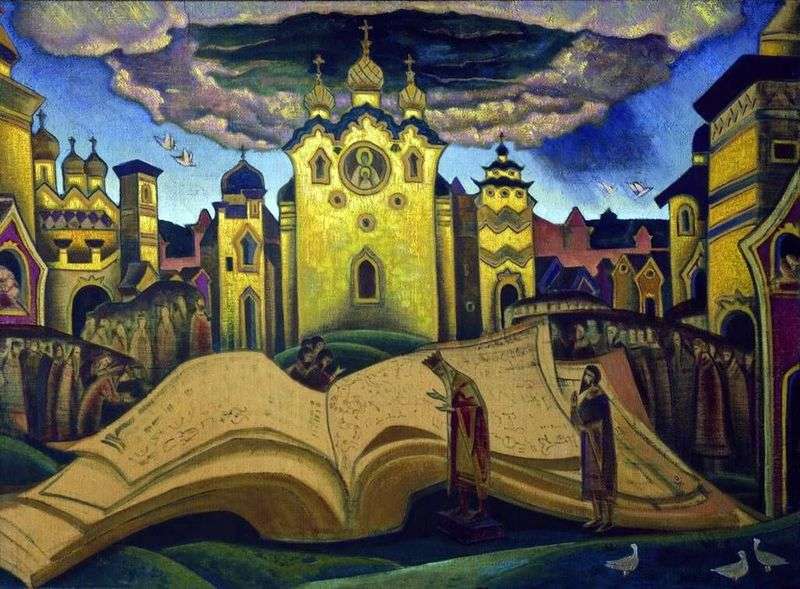
Many of the early works of Nicholas Roerich were devoted to the theme “Ancient Russia. Slavs”. In these paintings, the artist managed to lift the veil of time, moving the
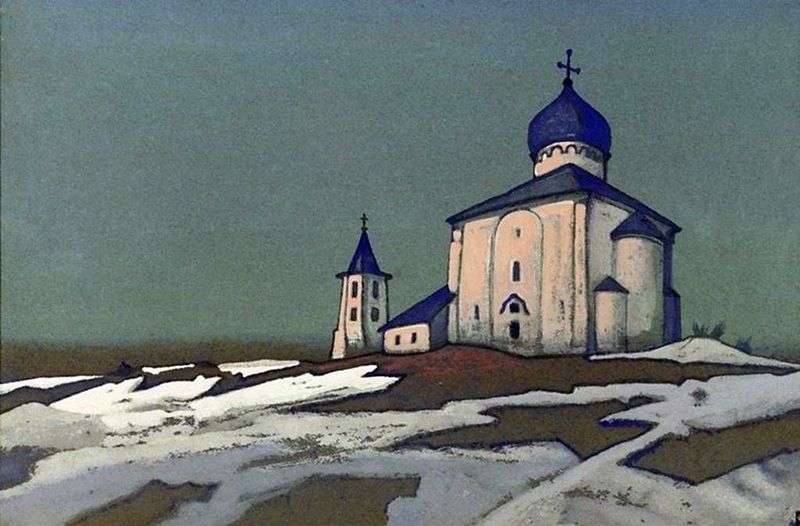
Ancient architects skillfully chose a place, erecting a building and a whole ensemble in harmony with nature. They subordinated the forms of construction to a single law – beauty: “And
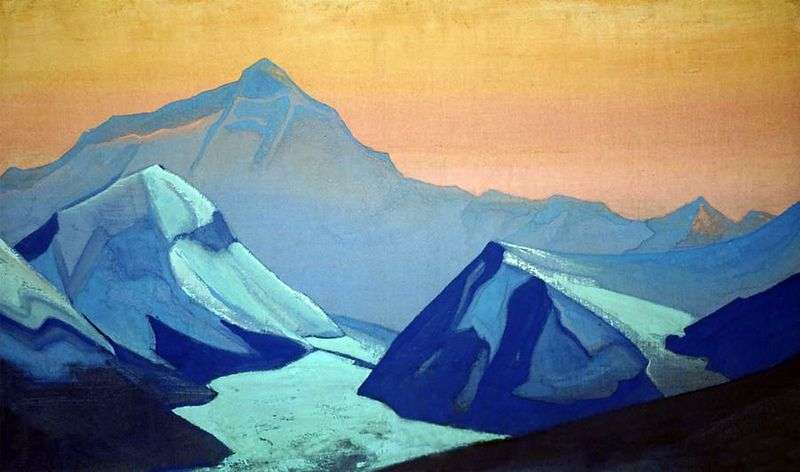
The painting “Himalaya Everest” depicts the highest point on Earth. The mountain has the original Tibetan name Chomolungma. Since 1856, on the Himalayan maps, this peak has a new name
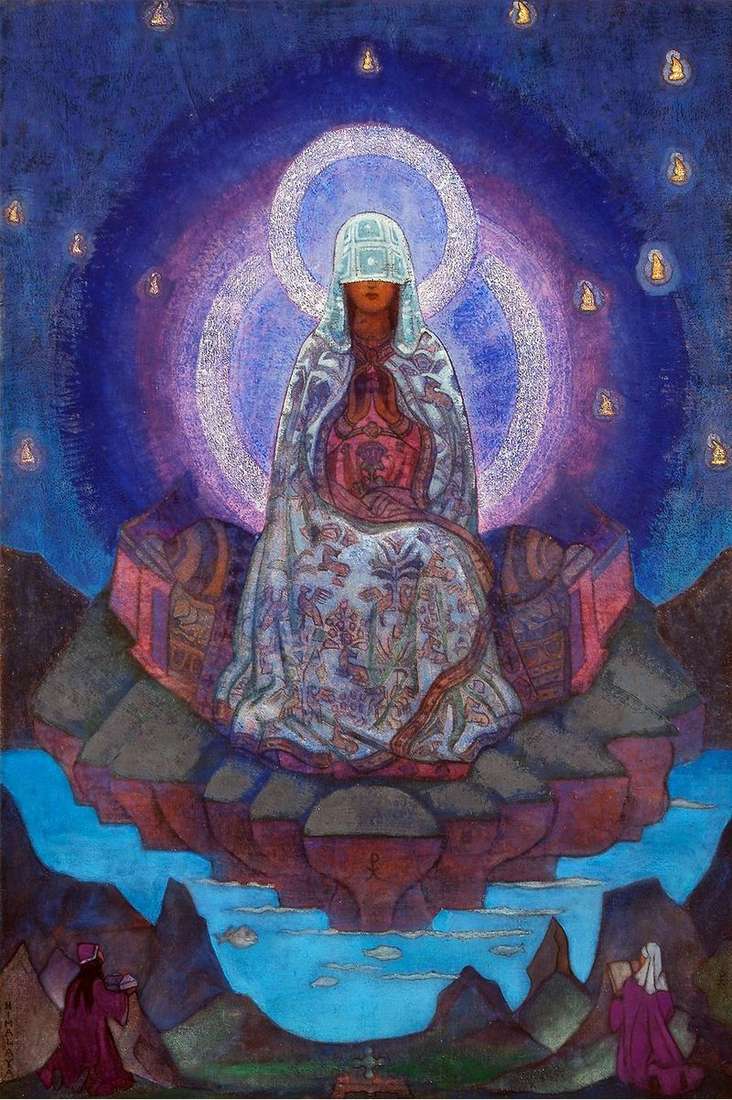
Painting “Mother of the World”. We see the Mother of the World beyond the River of Life, which separates the world invisible from the visible. Spathe – boards, covers two
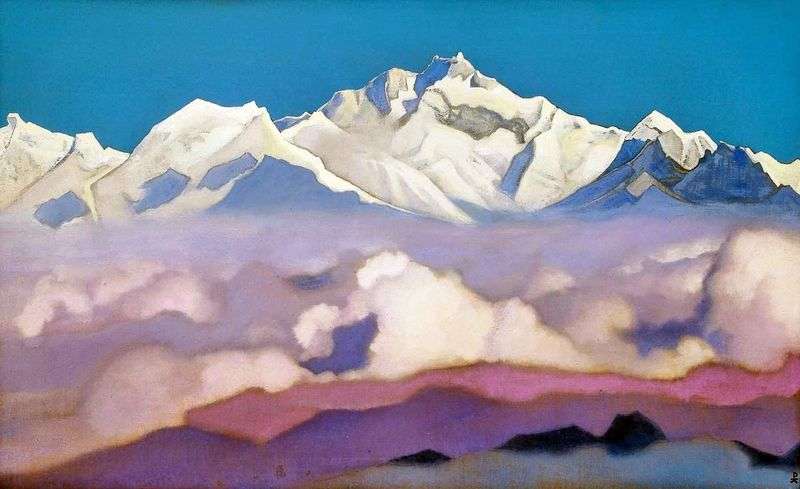
For Nikolai Konstantinovich Roerich, the Himalayas were not just the greatest mountain range, but these mountains reminded with their beauty and uncommonness the real treasury of big snow. In the
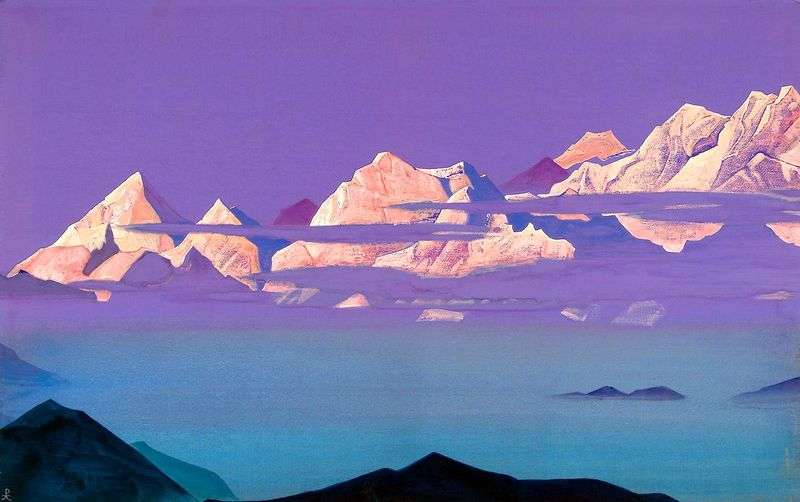
“The Himalayas. The Pink Mountains” – the work of a mature master of mountain landscapes, the creator of the heavenly and mountainous spaces – Nikolai Konstantinovich Roerich. Roerich’s personality is
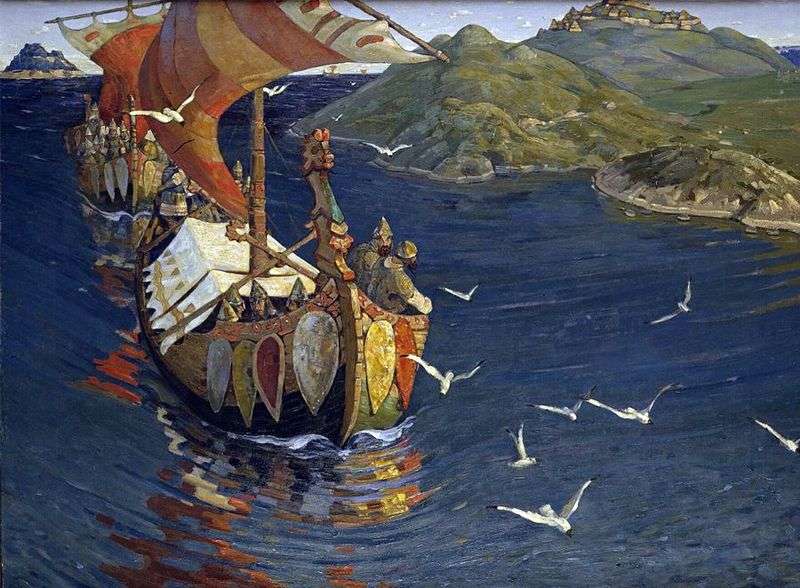
Native history captures Nicholas Roerich from the very first days of study at the Academy of Arts and St. Petersburg University, where he simultaneously entered in 1893. Therefore, many of
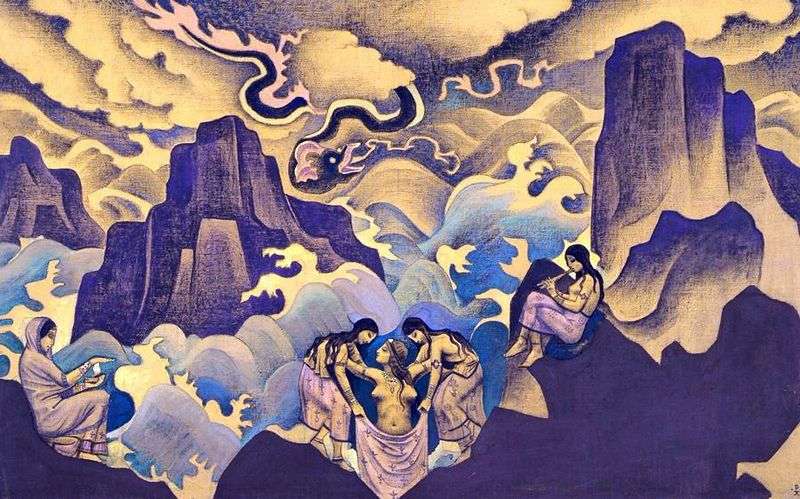
The painting “Ancient Serpent” was the final in the list of works of the series “Banners of the East”. Two plot lines mysteriously converged in it – the dragon amid
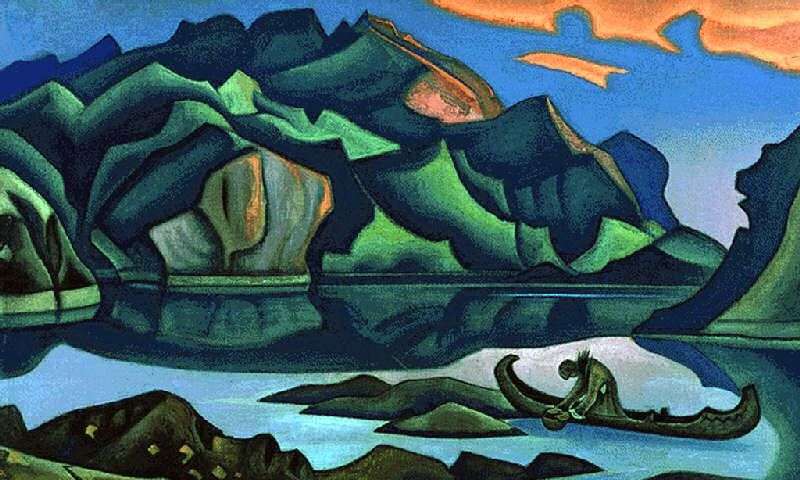
The picture is written on the theme of Scandinavian mythology. Buried treasure is the hidden truth of life. The evil witch closed all the approaches to her. But the order
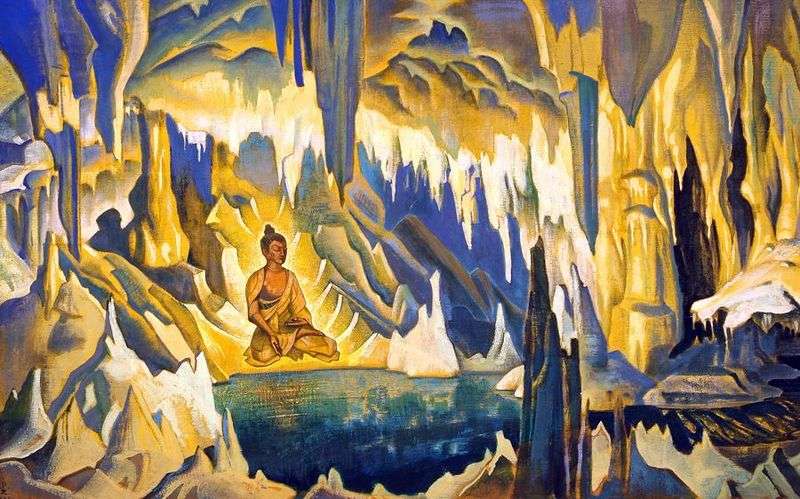
Painting “Buddha the winner” in front of the source of life. Buddha Siddhartha Gautama – prince of the Shakya clan in North India. One of his names is Shakya Muni,